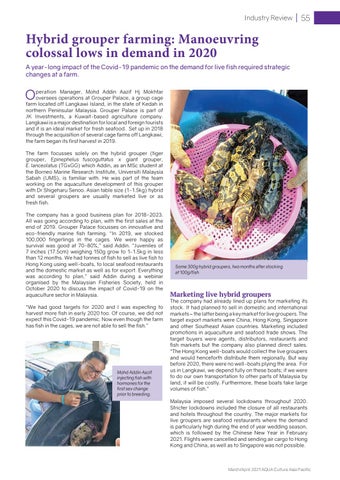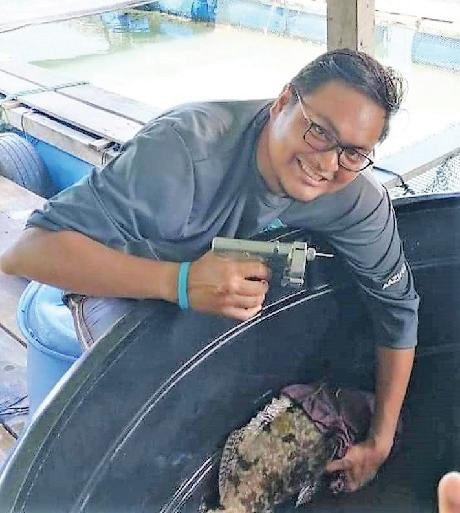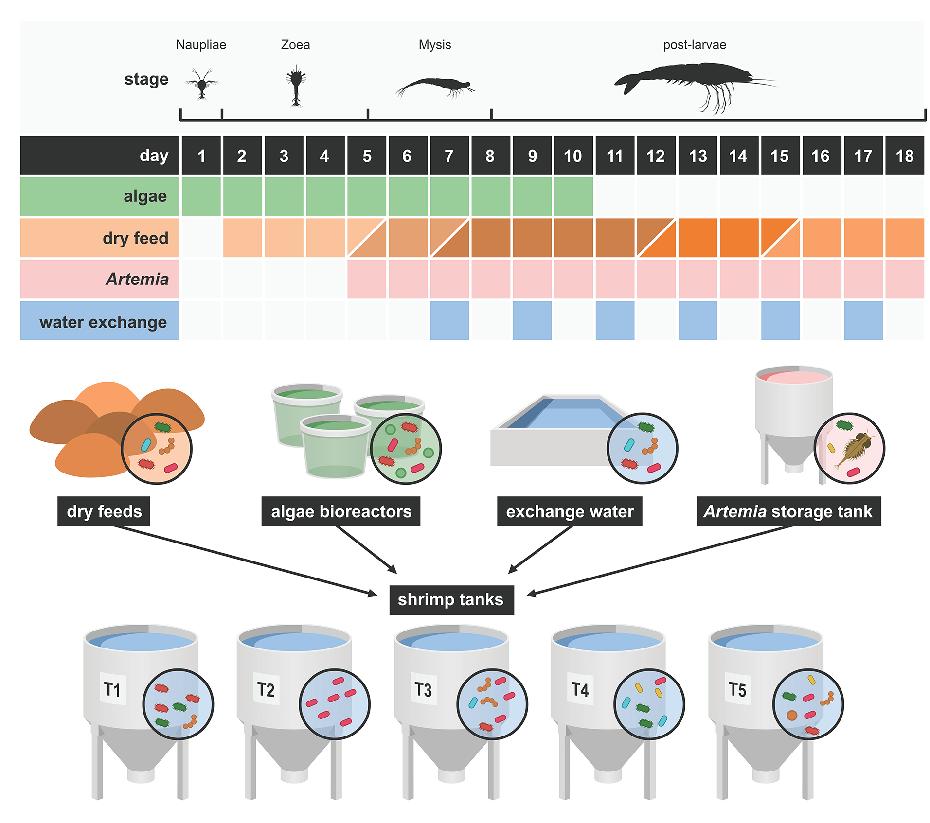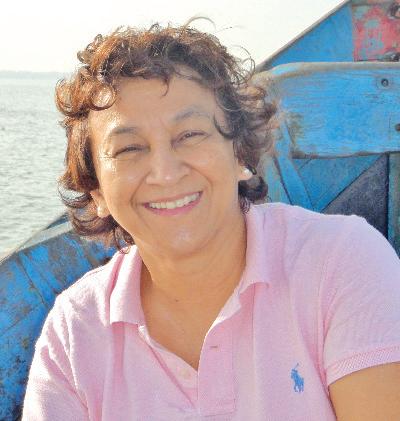Industry Review
55
Hybrid grouper farming: Manoeuvring colossal lows in demand in 2020 A year-long impact of the Covid-19 pandemic on the demand for live fish required strategic changes at a farm.
O
peration Manager, Mohd Addin Aazif Hj Mokhtar oversees operations at Grouper Palace, a group cage farm located off Langkawi Island, in the state of Kedah in northern Peninsular Malaysia. Grouper Palace is part of JK Investments, a Kuwait-based agriculture company. Langkawi is a major destination for local and foreign tourists and it is an ideal market for fresh seafood. Set up in 2018 through the acquisition of several cage farms off Langkawi, the farm began its first harvest in 2019.
The farm focusses solely on the hybrid grouper (tiger grouper, Epinephelus fuscoguttatus x giant grouper, E. lanceolatus (TGxGG) which Addin, as an MSc student at the Borneo Marine Research Institute, Universiti Malaysia Sabah (UMS), is familiar with. He was part of the team working on the aquaculture development of this grouper with Dr Shigeharu Senoo. Asian table size (1-1.5kg) hybrid and several groupers are usually marketed live or as fresh fish. The company has a good business plan for 2018-2023. All was going according to plan, with the first sales at the end of 2019. Grouper Palace focusses on innovative and eco-friendly marine fish farming. “In 2019, we stocked 100,000 fingerlings in the cages. We were happy as survival was good at 70-80%,” said Addin. “Juveniles of 7 inches (17.5cm) weighing 150g grow to 1-1.5kg in less than 12 months. We had tonnes of fish to sell as live fish to Hong Kong using well-boats, to local seafood restaurants and the domestic market as well as for export. Everything was according to plan,” said Addin during a webinar organised by the Malaysian Fisheries Society, held in October 2020 to discuss the impact of Covid-19 on the aquaculture sector in Malaysia. “We had good targets for 2020 and I was expecting to harvest more fish in early 2020 too. Of course, we did not expect this Covid-19 pandemic. Now even though the farm has fish in the cages, we are not able to sell the fish.”
Mohd Addin Aazif injecting fish with hormones for the first sex change prior to breeding.
Some 300g hybrid groupers, two months after stocking at 100g/fish
Marketing live hybrid groupers
The company had already lined up plans for marketing its stock. It had planned to sell in domestic and international markets− the latter being a key market for live groupers. The target export markets were China, Hong Kong, Singapore and other Southeast Asian countries. Marketing included promotions in aquaculture and seafood trade shows. The target buyers were agents, distributors, restaurants and fish markets but the company also planned direct sales. “The Hong Kong well-boats would collect the live groupers and would henceforth distribute them regionally. But way before 2020, there were no well-boats plying the area. For us in Langkawi, we depend fully on these boats; if we were to do our own transportation to other parts of Malaysia by land, it will be costly. Furthermore, these boats take large volumes of fish.” Malaysia imposed several lockdowns throughout 2020. Stricter lockdowns included the closure of all restaurants and hotels throughout the country. The major markets for live groupers are seafood restaurants where the demand is particularly high during the end of year wedding season, which is followed by the Chinese New Year in February 2021. Flights were cancelled and sending air cargo to Hong Kong and China, as well as to Singapore was not possible.
March/April 2021 AQUA Culture Asia Pacific









